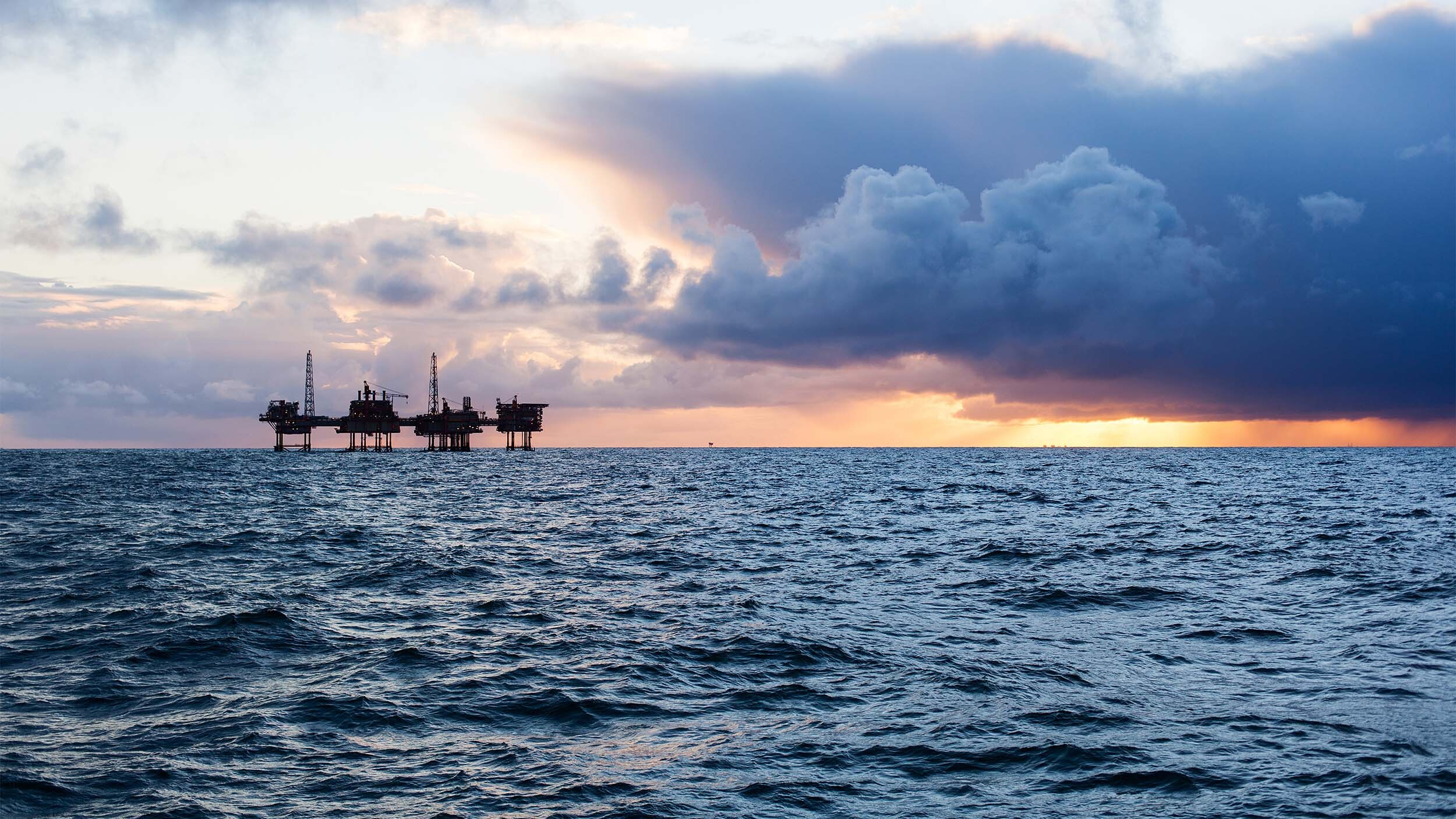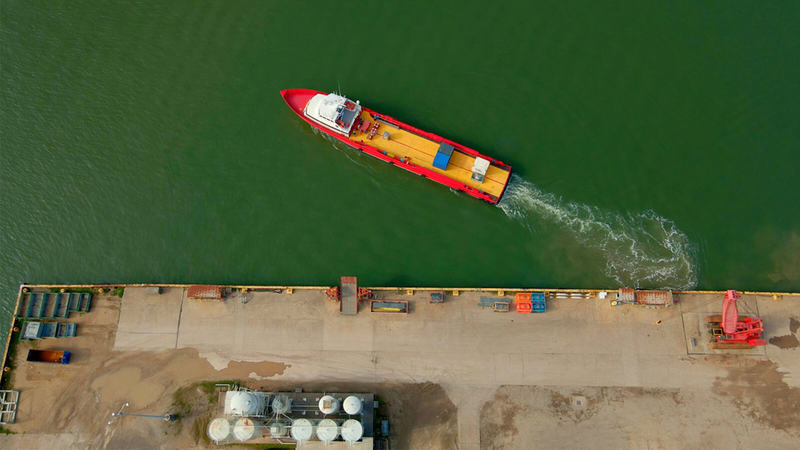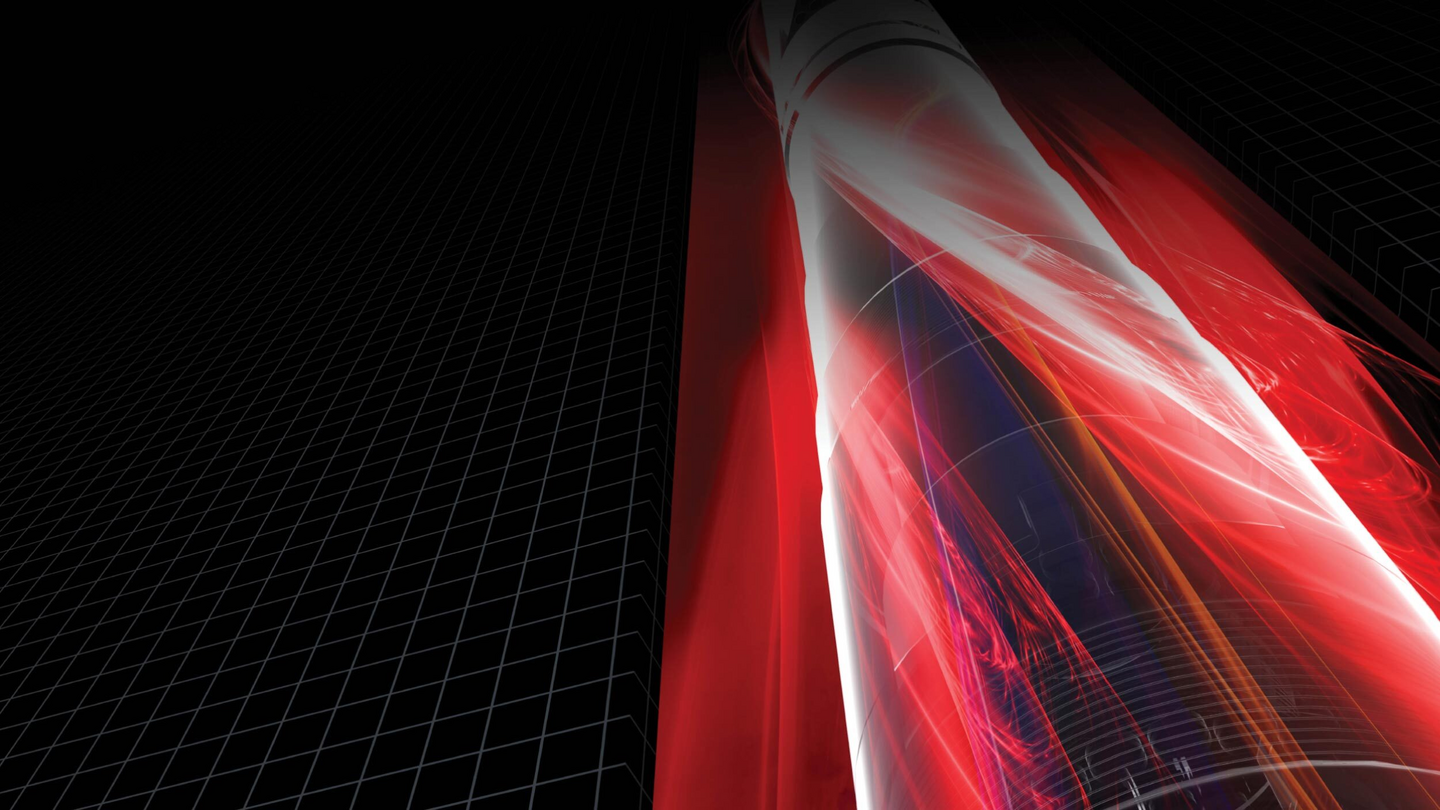 Search
Search
 Search
Search

Extensive technical testing, collaborative engineering, and logistics planning facilitated well completion at the necessary overbalance
Download PDFNorth Sea

Pore pressure turned out to be higher than initially anticipated
A major operator drilling offshore in the North Sea was planning to re-complete and convert their well to a dual gas injector. There were several risks associated with the clean-up operation when displacing the wellbore from 1.55 sg (12.9 lb/gal) INNOVERT® NS to 1.51 sg (12.6 lb/gal) sodium bromide (NaBr) brine prior to running the upper completion. The main measure of success was to stay overbalanced within the expected formation pressure (1.474 sg / 426 bar) when displacing 1.51 sg (12.6 lb/gal) NaBr brine into the wellbore and tripping out of hole.
When drilling an adjacent well in the same formation, pore pressure turned out to be higher than initially anticipated in the Planning phase. Originally, the pore pressure was to be mitigated by using 1.48 sg (12.35 lb/gal) brine; however, it soon became clear this would not provide the necessary overbalance required to complete the well with the desired level of safety. Halliburton Baroid managed to mobilize 1.52 sg (12.7 lb/gal) CS Neptune® HDM in a very short time to relieve the higher pore pressure.
Some of the major risks and challenges identified for the wellbore clean-out were:
The primary objective was to complete the operation safely, both with respect to personnel and the environment. Other objectives included minimizing time spent on pit cleaning and completion fluid mixing, while also avoiding fluid contaminations and minimizing slop production. The maximum re-use of the brine would be finically beneficial to the client.
Several compatibility tests were performed using different brines for other projects in similar formations, assessing formation mineralogy and formation water. In these tests, both the potassium formate and calcium bromide brines were excluded due to incompatibility with shale mineralogy. Cesium formate brine was found to be compatible but would add more cost to the project. Monovalent brine was demonstrated to be the optimum solution, with respect to both reservoir rock and formation water compatibility.
Standard NaBr brine will, at a stock density of 1.50 sg (12.5 lb/gal), have a TCT of +7°C. Adding more salt to increase density would give higher TCT values, leading to a risk of salt crystallization during operations. To ensure a sufficient pressure safety margin in this well, a brine density of 1.51 sg (12.7 lb/gal) was required, which could not be achieved with standard monovalent brine. The solution was to utilize Halliburton Baroid’s partnership with TETRA Technologies and apply their CS Neptune® HDM technology for the very first time in this well.
A blend of 1.558 sg (13.0 lb/gal) CS Neptune HDM with 1.50 sg (12.5 lb/gal) NaBr brine to achieve a final density of 1.52 sg (12.7 lb/gal) was formulated in the liquid mud plant at the onshore base. A sample of this brine was measured in the Halliburton lab to have a TCT of < -4°C.
A detailed execution program was prepared to outline all steps of the operation, including a full risk assessment, detailed pit plan, and completion fluid graphics (CFG) hydraulic simulations. The CFG simulations showed that the well would be in underbalance by pumping a conventional clean-up pill train. An optimized pill train was designed; with modeling showing that a high-density push pill would remain below the fracture pressure of the formation and a reduction in wash pill volume would still provide an efficient clean-out.
The clean-out bottomhole assembly (BHA), supplied by the Halliburton Completion Tools team, included magnets, scrapers, brushes, and a circulation sub-assembly. Additionally, the Turbo Tech® multi-activation bypass valve made it possible to have continuous pumping throughout the operation.
The clean-out pills were displaced by pumping inhibited NaBr brine. Clean-out criteria of three consecutive samples of solids content < 0.05% were met after an over-displacement of the theoretical hole volume by 50m3.
The displacement from INNOVERT NS to brine and clean-out operations were a success, insofar as maintaining well integrity. The job was also performed in a very safe manner, with zero HSE incidents and zero non-productive time (NPT) incurred. Halliburton Baroid provided and executed fluids that gave the necessary overbalance throughout displacement, avoided swabbing, and followed an updated tripping schedule from the AFO services when POOH after displacing to brine. The avoidance of potential overbalance scenarios was due to TETRA's CS Neptune brine helping to manage the displacement and clean-out in a way that did not harm personnel or the environment. Cleanliness criteria were met and, after completion of the well, most of the brine was sent to shore for cost-efficient reclamation and re-use.

Halliburton leads the drilling fluids industry with cutting-edge solutions, including advanced drilling fluids and solids control technologies.
